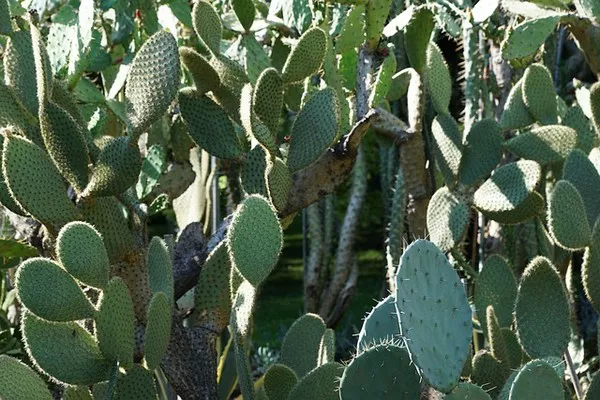Succulents, with their captivating shapes and low maintenance requirements, have become popular indoor plants for enthusiasts and beginners alike. However, many people struggle to keep these desert-adapted plants healthy and thriving indoors. To ensure the longevity of your succulents, it’s essential to understand their specific needs and provide them with the ideal growing conditions. In this article, we will explore the key elements necessary to keep your succulents alive and flourishing indoors.
Choose the Right Succulents
Selecting the right succulents for indoor living is the first step toward success. Some succulent varieties are better suited to indoor environments due to their adaptability to lower light conditions and compact growth habits. Ideal indoor succulents include Echeverias, Haworthias, and some types of Aloe and Sedum.
Proper Light Exposure
Succulents thrive in bright, indirect light. Place your indoor succulents near a south-facing window where they can receive plenty of sunlight throughout the day. Avoid exposing them to direct sunlight, especially during the hot afternoon hours, as this can lead to sunburn and damage the plants. If natural light is insufficient, you can supplement with artificial grow lights designed for indoor plants.
Watering Wisely
One of the most common mistakes in succulent care is overwatering. These desert plants have adapted to survive in arid conditions and store water in their leaves and stems. When kept indoors, succulents don’t require frequent watering. Allow the soil to dry completely between waterings, and be sure to water deeply, letting the excess water drain out. Succulents are susceptible to root rot, so avoid leaving them in standing water.
Use Well-Draining Soil
Succulents need well-draining soil to prevent waterlogged roots. Use a specialized cactus or succulent potting mix that contains sand, perlite, or pumice to enhance drainage. Avoid heavy, moisture-retentive soils that can suffocate the roots and promote root rot.
Optimal Humidity Levels
Succulents prefer low humidity levels, which is typically found in dry desert environments. Indoors, where humidity levels might be higher, consider providing adequate air circulation with a fan or by opening windows occasionally. This helps prevent fungal diseases and keeps your succulents healthy.
Maintain Appropriate Temperatures
Most succulents thrive in temperatures between 60°F to 80°F (15°C to 27°C) during the day. They can tolerate slightly cooler temperatures at night. Avoid exposing your succulents to extreme temperature fluctuations or drafts, which can stress the plants.
Fertilize Sparingly
Succulents have relatively low nutritional requirements. Over-fertilizing can lead to excessive growth and weaken the plants. Use a diluted, balanced liquid fertilizer formulated for succulents during the growing season (spring and summer), and reduce or stop fertilizing during the dormant period (fall and winter).
Repot When Necessary
As succulents grow, they may outgrow their pots. When you notice the roots becoming tightly packed, it’s time to repot them into a slightly larger container. Choose a pot that provides adequate drainage and use fresh succulent potting mix during repotting.
Pruning and Grooming
Pruning helps maintain the shape and appearance of your succulents. Remove dead or yellowing leaves, and trim leggy growth to promote a more compact form. Take care while pruning to avoid damaging the plant’s core, as some succulents are sensitive to injuries.
Pest and Disease Management
Indoor succulents are generally less prone to pests and diseases compared to outdoor plants. However, be vigilant and inspect your plants regularly for signs of pests such as aphids, mealybugs, or spider mites. If detected, treat the affected plants immediately with insecticidal soap or horticultural oil, following the instructions carefully.
Conclusion
Successfully keeping succulents alive and flourishing indoors is achievable with the right knowledge and care. Choose the appropriate succulent varieties, provide them with adequate light, water, and well-draining soil, and maintain proper temperature and humidity levels. With these essential elements in place, your indoor succulents will thrive, adding a touch of natural beauty and elegance to your living space. Remember, patience and observation are key to becoming a successful succulent keeper. Happy gardening!


